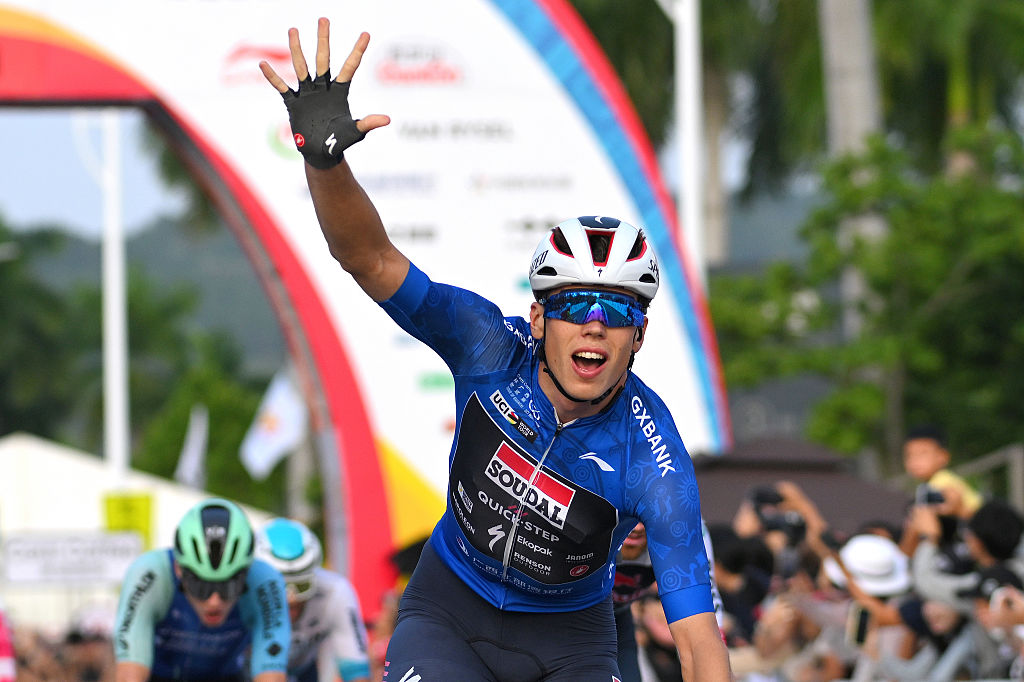Five key points of Chris Froome's physiological data
Noted American physiologist Andrew Coggan examines the Tour de France winner's data
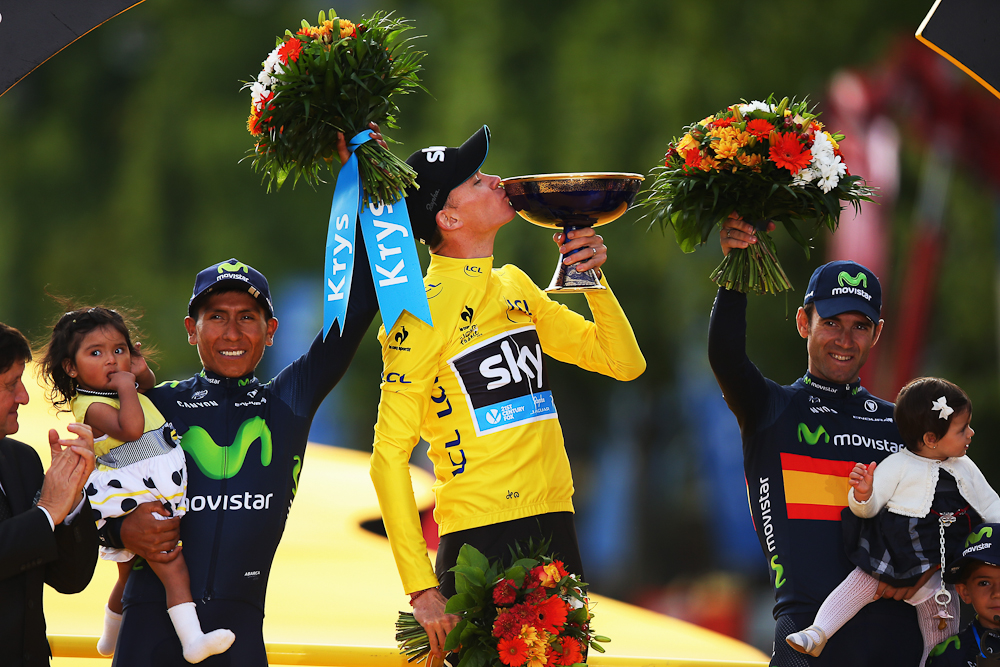
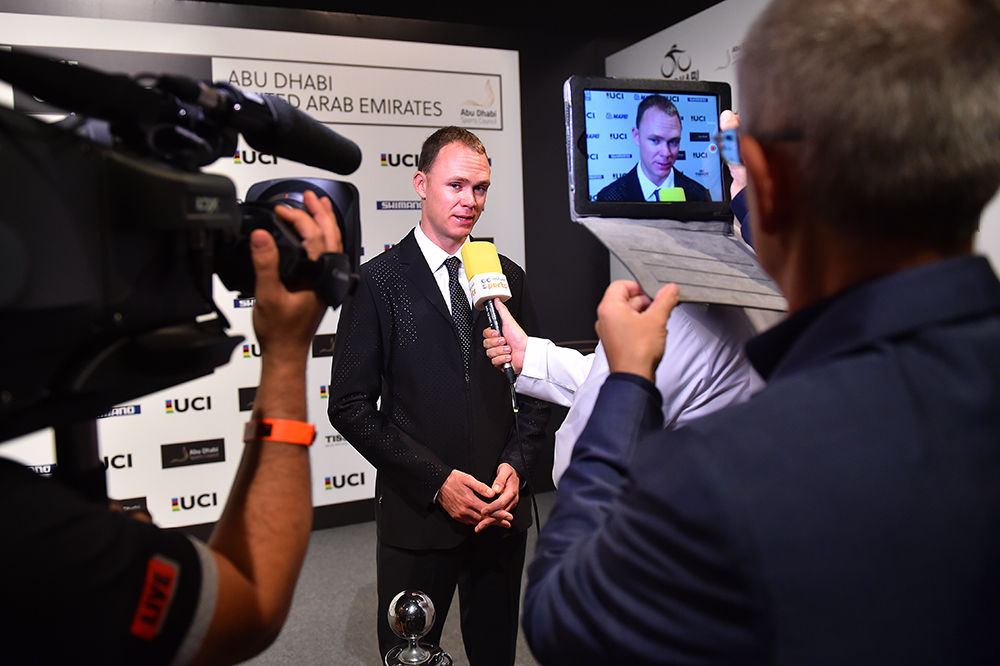
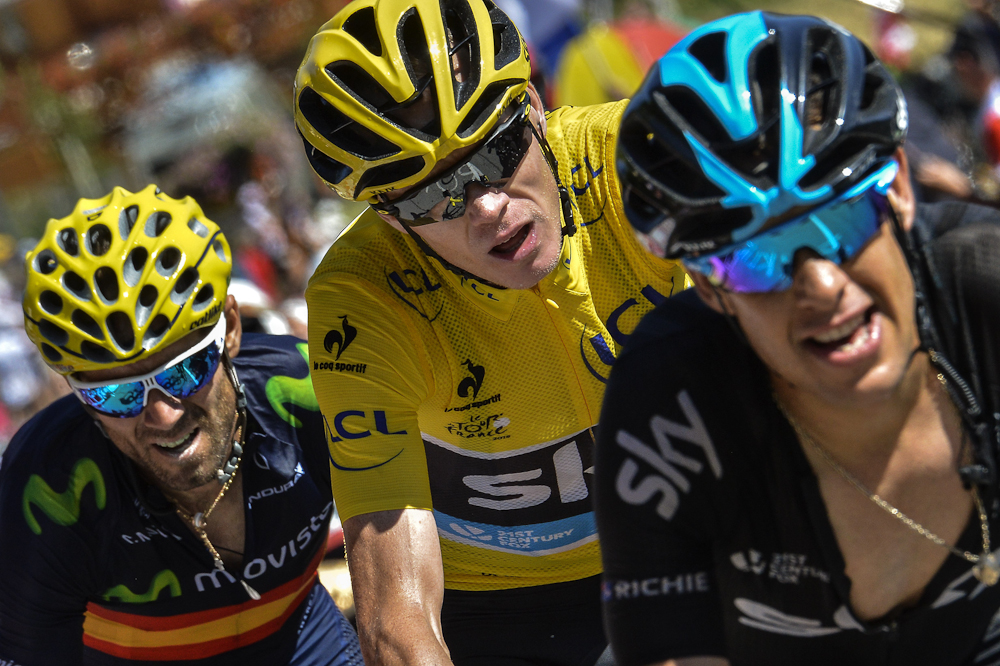
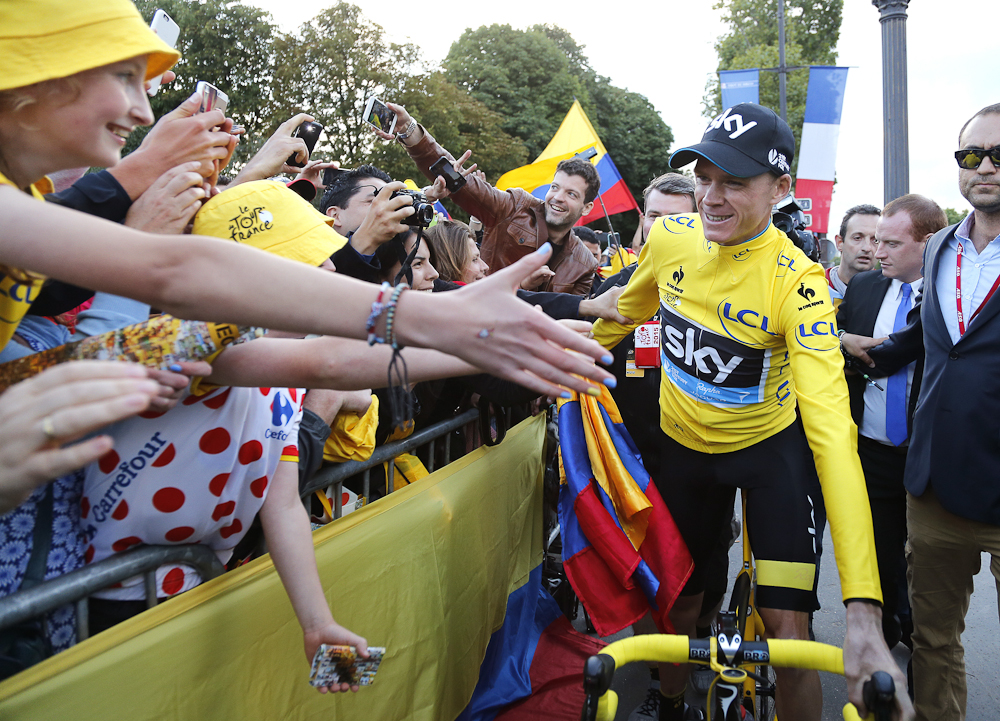
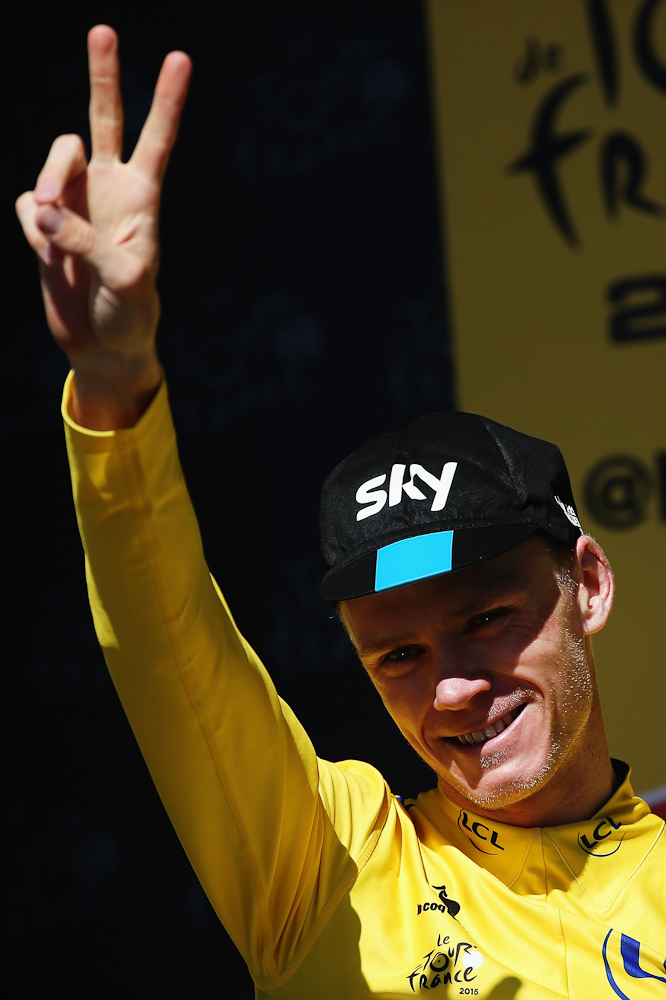
What makes two-time Tour de France champion Chris Froome such an exceptional cyclist? Cyclingnews looks at five key points from his recently released physiological tests and what they results can and cannot tell us about the Team Sky rider's performances.
Chris Froome: You can win the biggest bike races in the world clean
Froome’s physiological testing insufficient, says Grappe
Boardman praises Froome's decision to publish data, calls on others to follow suit
Chris Froome interview: Fame, feuds and haters
Swart defends Froome’s physiological testing, more data to be released in 2016
After out-climbing his rivals on stage 10 of the Tour de France to La Pierre-Saint-Martin in a spectacular fashion, Froome came under intense suspicion by critics who found his performance unnatural.
In an attempt to silence the doubters, Froome underwent strenuous physiological tests several weeks after the Tour, and recently released the data to the public. But the information published in Esquire magazine only served to raise more questions about the missing pieces.
FDJ performance director Frederic Grappe told Cyclingnews that Froome shows the exceptional physiology of a Grand Tour winner, and that his VO2max was comparable between 2007 and this year.
Cyclingnews spoke to Dr Andrew Coggan, a professor at Washington University School of Medicine and co-author of Training and Racing with a Power Meter, who took a deeper look at the data and what it shows about Froome's physiology.
A strong heart
The body needs to be able to get oxygen to the exercising muscles to keep them putting out power. That oxygen is carried by hemoglobin molecules on red blood cells, which are pumped by the heart through the arteries to the legs. Once there, the oxygen is used to create energy for the muscles to use to pedal the bike. So there are several factors at play: the amount of hemoglobin, heart rate and the amount of blood that moves with each beat of the heart, or stroke volume.
Froome has a rather low heart rate. In his test at GSK, his heart rate at the top effort level tested - 425 watts - was only 138bpm. Froome's maximum heart rate has been reported to be 174, although the researchers did not note the maximum in their report. Froome's hemoglobin was reported to be 15.3g/100mL in samples taken on July 13 during the 2015 Tour de France and on August 20, the day after his physiological test at GSK.
The latest race content, interviews, features, reviews and expert buying guides, direct to your inbox!
With that in mind, Coggan noted that Froome's heart rate was on the low side "both during submaximal exercise and (reportedly) at maximal exercise", and that means he must have a high stroke volume.
"Even with a hemoglobin of 15.3 g/100 mL at rest ... this implies that he has a very high stroke volume. Specifically, assuming a maximal heart of 174 beats/min ... I estimate his maximal cardiac to be 32.8-36.9 L/min, making his stroke volume at maximal exercise to be 188-212 mL/beat. This is quite high, but not beyond the upper limit of what might be considered normal," Coggan wrote.
Coggan, an accomplished masters cyclist, said his stroke volume at maximum effort was 175mL/beat at Froome's age.
"I don't find the difference in heart rate at particular power between these test results and his actual race data surprising, due to the lag in heart rate during an incremental exercise test, cardiac drift in competition, day-to-day variability, etc."
Power to weight
Froome's scrawny arms and sinewy legs during the Tour de France are a good indication that he has very little body fat, and there is no question that losing a lot of body fat and maintaining or even gaining a little lean mass would be good for performance.
When going uphill, it is power to weight ratio that is important, and since Froome's power outputs have stayed relatively consistent, decreasing his weight has been the key to improving performance.
Plenty of riders have tried to shed weight only to find they can't maintain the same kind of power, but Coggan noted, "while it can be difficult to lose only fat and not lean tissue when reducing body mass, it is certainly not impossible, especially when the weight loss is gradual and dieting is combined with strenuous exercise."
Readers may be surprised at the body fat percentage given for Froome in August - 9.8%. But Coggan explained that the researchers used "the gold standard" for measuring body composition, dual-energy X-ray absorptiometry (DXA)
"The accuracy depends in part upon the precise algorithms used to convert the raw data to body composition, which can differ from one brand to another, and even from one version of the software to another when using the same brand of scanner," Coggan said. "Still, that 9.8% means he was almost certainly somewhere between 8 and 12% at the time of the tests."
His 2007 value was given at 16.7%, but comparing it with this year's data is apples and oranges, Coggan said, because we do not know how they measured his body fat. Regardless, "His lean body mass didn't appear to change much, which is somewhat reassuring."
Missing information
A rider's performance is the combination of VO2Max and efficiency, but the GSK study did not include the measure of oxygen-carbon dioxide exchange or respiratory exchange ratio (RER), which gives an indication of efficiency.
Grappe had the same criticism of the study, noting that this "impacts upon the level of effort on climbs; you don’t produce the same number of watts with 23% efficiency as with 21%."
Coggan agreed. The study gave Froome's VO2Max, it gave its power. But when Froome is cruising along below his maximum effort, Coggan said he'd need to know the RER to understand how much of Froome's maximal aerobic capacity he was using at a given power output.
"That would have made it possible to estimate his what percentage of VO2max he sustained on certain climbs when racing. As it stands, we don't know he achieved the reported power outputs (which comport with climbing speeds) due to a high fractional utilization of VO2max, a high efficiency, or some combination thereof."
In other words, is Froome really efficient, very good at riding at his maximum, or both?
Lactate threshold
Coggan noted that the GSK lab stopped its measurements short of pushing Froome to total fatigue, which resulted in underestimating his lactate threshold. The highest wattage in the test, 425W, was a perceived effort level of 17 out of 20 for Froome, and his heart rate had only reached 138bpm.
Had Froome kept going at higher watts, his heart rate would have caught up with his effort level and his body would have begun producing more lactate than it could get rid of, leading to fatigue. In Coggan's opinion, that would have connected the dots and given a more accurate result in their calculation using the Dmax method.
"The GSK lab terminated the test at 425W, rather than continuing it all the way to fatigue. The highest lactate value of 4.37 mmol/L is therefore lower than if they had done so. I don't consider it a major issue. It is possible that they only applied the Dmax method retrospectively, i.e., to try to show by using multiple methods that they aren't "spinning" the data," he said.
Incomplete information from 2007
The testing done on Froome in Lausanne in July 2007 only showed his peak power and VO2Max, so Coggan says comparing the data to 2015 is difficult.
"It is unfortunate that the UCI tests in 2007 apparently didn't entail any sort of submaximal assessment, just measurement of VO2max and peak power. That makes it impossible to say how much, if any, of the improvement in Froome's performance over the intervening period is due to an increase in threshold relative to VO2max and/or an improvement in efficiency," in addition to his weight loss.
"Assuming the data presented is correct, I would say that his performance (at least uphill) definitely improved due to simply losing weight, and might have also improved due to an improvement in lactate threshold and possibly also efficiency. The former is more likely than the latter but since his threshold apparently wasn't measured in 2007 and his efficiency has never been measured, it's also possible that they didn't improve at all."

Laura Weislo has been with Cyclingnews since 2006 after making a switch from a career in science. As Managing Editor, she coordinates coverage for North American events and global news. As former elite-level road racer who dabbled in cyclo-cross and track, Laura has a passion for all three disciplines. When not working she likes to go camping and explore lesser traveled roads, paths and gravel tracks. Laura specialises in covering doping, anti-doping, UCI governance and performing data analysis.
